 The ear tags follow a colour system, not ours but a simple and effective national one. Any system of ours would either be so complicated we'd forget how it worked or completely inconsistent and therefore not a system. So we use what everyone else does. Each year in an eight year cycle has it's own colour nominated and this year it's orange. It's very useful. At a glance in the paddock you can see how old each animal is or to which group they belong, surprisingly easy for any process to do with sheep. We actually have a few old ewes left with the 2002 orange tags, but I suppose not many real farmers keep their sheep that long, so there wouldn't normally be repeats. Their teeth would tell the tale, but we know them all by their faces anyway. One of the beauties of having a non-commercial concern is that we don't need a property registration number, which is usually stamped on the tag. If we sold them we would, but that's sometime in the misty future.
The ear tags follow a colour system, not ours but a simple and effective national one. Any system of ours would either be so complicated we'd forget how it worked or completely inconsistent and therefore not a system. So we use what everyone else does. Each year in an eight year cycle has it's own colour nominated and this year it's orange. It's very useful. At a glance in the paddock you can see how old each animal is or to which group they belong, surprisingly easy for any process to do with sheep. We actually have a few old ewes left with the 2002 orange tags, but I suppose not many real farmers keep their sheep that long, so there wouldn't normally be repeats. Their teeth would tell the tale, but we know them all by their faces anyway. One of the beauties of having a non-commercial concern is that we don't need a property registration number, which is usually stamped on the tag. If we sold them we would, but that's sometime in the misty future. The males get their new earring in their left ear, because they're tough. The ewe-lambs get tagged on the right side. This is pretty conventional too and allows for their quick ID at a distance when their fleece has either grown or been shorn and they look a bit different to normal. Policing them is made easier as is sorting them out. Seeing just who is causing the current ruckus, who is injured or who has pushed through the fence again is easy.
The males get their new earring in their left ear, because they're tough. The ewe-lambs get tagged on the right side. This is pretty conventional too and allows for their quick ID at a distance when their fleece has either grown or been shorn and they look a bit different to normal. Policing them is made easier as is sorting them out. Seeing just who is causing the current ruckus, who is injured or who has pushed through the fence again is easy.Our one unique addition to the system is our numbering - the ewe's initial (or the ewe-lambs, which should be the same if we've got it right) and the number of the lamb born that year to that letter. Big 'Un here, born to Priscilla was the first P. You could tell, couldn't you? The terrible trauma of being marked lasted about 5 minutes with him where he ran about and kicked a bit. Then he had other things to do.


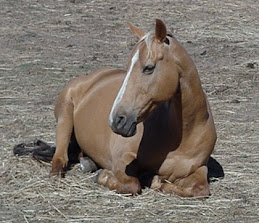
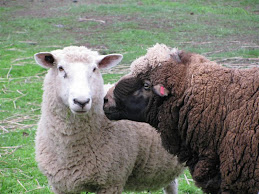.jpg)

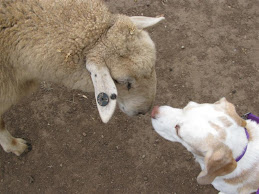.jpg)

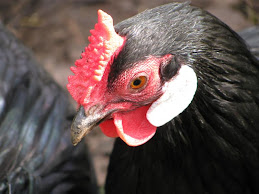.jpg)
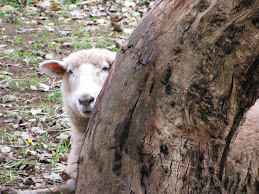.jpg)
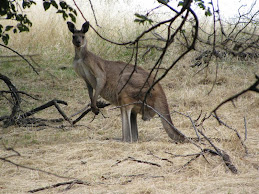.jpg)
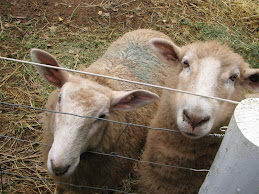.jpg)
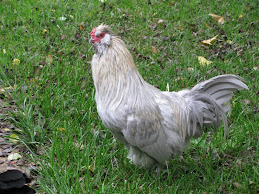.jpg)